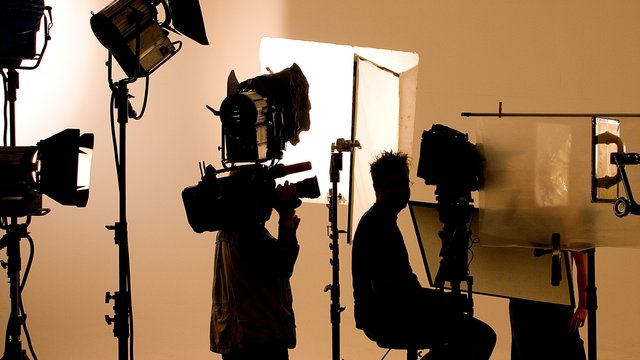Canvas Tarps in Film and Photography Set Design
Behind every stunning scene in a movie or photo shoot is a team working hard to build a controlled, visually compelling environment. While cameras and lighting get most of the attention, another versatile hero is working quietly in the background—canvas tarps. These rugged, adaptable fabrics are staples on professional sets, playing a crucial role in both practical and aesthetic set design. From blocking light to creating scenery, canvas tarps offer creative solutions that help bring a director’s vision to life.
In this blog, we’ll explore how canvas tarps are used in film and photography set design, and why they continue to be a go-to resource for set designers, prop masters, and production crews.
1. Backdrop Creation and Scenic Elements
Canvas tarps serve as ideal materials for building backdrops and scenic elements. Thanks to their large sizes, natural texture, and paintable surface, they’re perfect for transforming a bare studio wall into anything—from a moody forest to a war-torn battlefield or vintage storefront. Artists can easily paint or dye canvas tarps to match the tone, theme, and visual language of a scene.
In photography, canvas backdrops are prized for their classic, textured aesthetic that adds depth and character to portrait sessions. These backdrops can be reused and repurposed for various shoots, giving creative teams flexibility without the need for expensive permanent structures.
2. Light and Sound Control
Controlling lighting and acoustics is essential on any film or photography set. Canvas tarps help by acting as natural light diffusers, blackout screens, and sound dampeners. Their thick, opaque construction allows crews to block out or shape natural sunlight when shooting outdoors, ensuring consistent lighting for each take.
When filming indoors, canvas can be used to block window glare or cover reflective surfaces. In large studios, tarps are often hung or draped to absorb ambient sound and reduce echo, helping improve audio quality without bringing in specialized sound panels. This dual role in managing light and sound makes canvas a behind-the-scenes essential for every department.
3. Floor and Equipment Protection
Production sets are busy, high-traffic environments filled with cameras, lights, cables, and crew members. Canvas tarps offer protection for floors and valuable equipment, reducing the risk of scratches, spills, or other accidental damage during set construction or filming.
Whether you're protecting a hardwood studio floor from dolly tracks or shielding expensive props from dust during transport, canvas tarps provide a strong, non-slip surface that holds up under pressure. They’re also easy to fold, store, and reposition—making them convenient for fast-paced production schedules that require constant rearrangement and mobility.
4. Weather Protection for Outdoor Shoots
When shooting on location, unpredictable weather can bring production to a halt. Canvas tarps help mitigate this risk by offering reliable weather protection. Their water-resistant qualities make them ideal for covering gear, shielding crew areas, or building quick, temporary shelters.
For outdoor sets, canvas can be used to construct impromptu tents or overhead covers, keeping rain or direct sun off actors and equipment. Unlike plastic tarps that flap loudly in the wind or tear easily, canvas is quieter, sturdier, and better suited for maintaining the integrity of a professional set. It helps keep the shoot on schedule and ensures the crew can work in comfort.
5. Temporary Set Construction and Concealment
Canvas tarps are often used to construct temporary walls, partitions, and concealment barriers. When a set needs to be built quickly or hidden from public view (such as during location shoots in busy areas), canvas provides an effective and fast solution. With grommets and reinforced edges, tarps can be suspended from frames, hung from scaffolding, or secured to fencing for quick privacy or structure.
In addition to functional purposes, canvas can also help "hide the magic." Crews often use it to block off camera equipment or lighting rigs from the shot, maintaining the illusion on screen while keeping the set operational and safe.
Conclusion: A Creative Essential Behind the Scenes
Canvas tarps may not get a starring role, but they are indispensable players behind the scenes in film and photography. From painted backdrops to protective covers, they support production teams with their versatility, strength, and ease of use. Their role spans departments—scenic design, lighting, sound, grip, and even costume—making them one of the most valuable tools on set.
Whether you're working on an indie photo shoot or a major motion picture, having a few canvas tarps in your production kit means you’re ready to tackle the unexpected, create beautiful visuals, and protect your crew and gear. They’re the silent support that brings cinematic magic to life.
